The RAAM (Race Across America) is, among other things, also a test of equipment, and to successfully complete it you need backups for all critical gear – bikes, computers, radars, lights, and radios must always be carried in at least two copies.
Why? First, because equipment needs charging – when one device is on the charger, you must have another to keep going. Second, because failures happen. For example, in the very first kilometers my front light fell off the bike because the GoPro mount holding it had cracked. Luckily I noticed it right away, and even luckier, the light itself didn’t break.
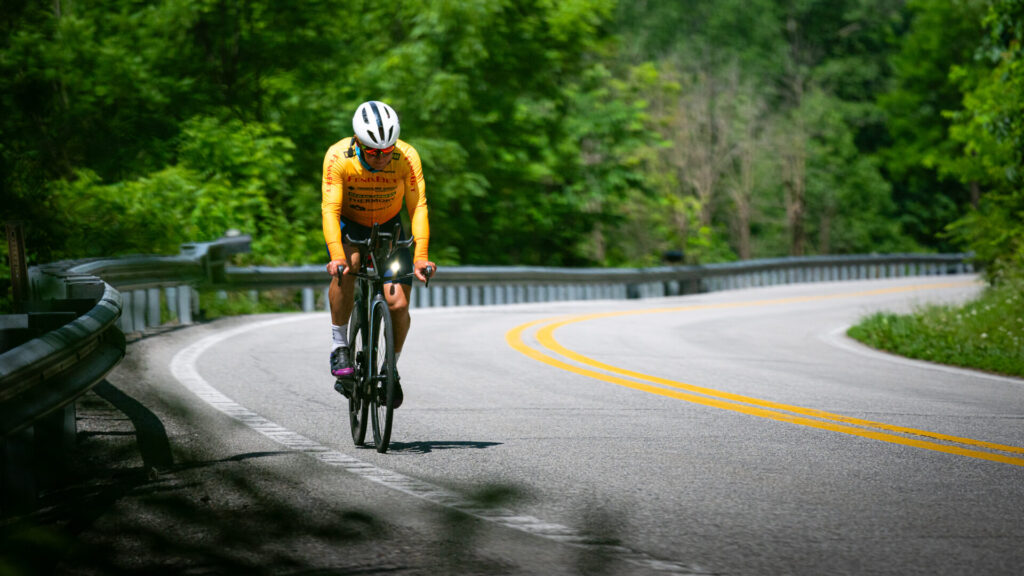
Another example: a fellow racer told me that in the Arizona desert heat his bike computer screen literally popped off and the device stopped working.
Scott triathlon bike – five years of loyal service
My performance depends heavily on my bike and the durability of its integrated technology. Since 2021 I have been riding the same bike – a Scott Plasma 6. Over all these years it has served me faithfully and helped me achieve a lot: from finishing a 60x ultratriathlon in 2021, to setting the quintuple and deca ultratriathlon world records in 2022 and 2024, and finally completing RAAM and a 24-hour time trial this year.
During RAAM the bike worked flawlessly. After about 3000 km Priit replaced the chain and one rear tire, and that was essentially all the maintenance it needed. I rode on tubeless tires, which absorbed the rough road vibrations really well. Although the traces of sealant on the frame showed that the tires had suffered multiple punctures, I never felt them while riding – the sealant did its job.
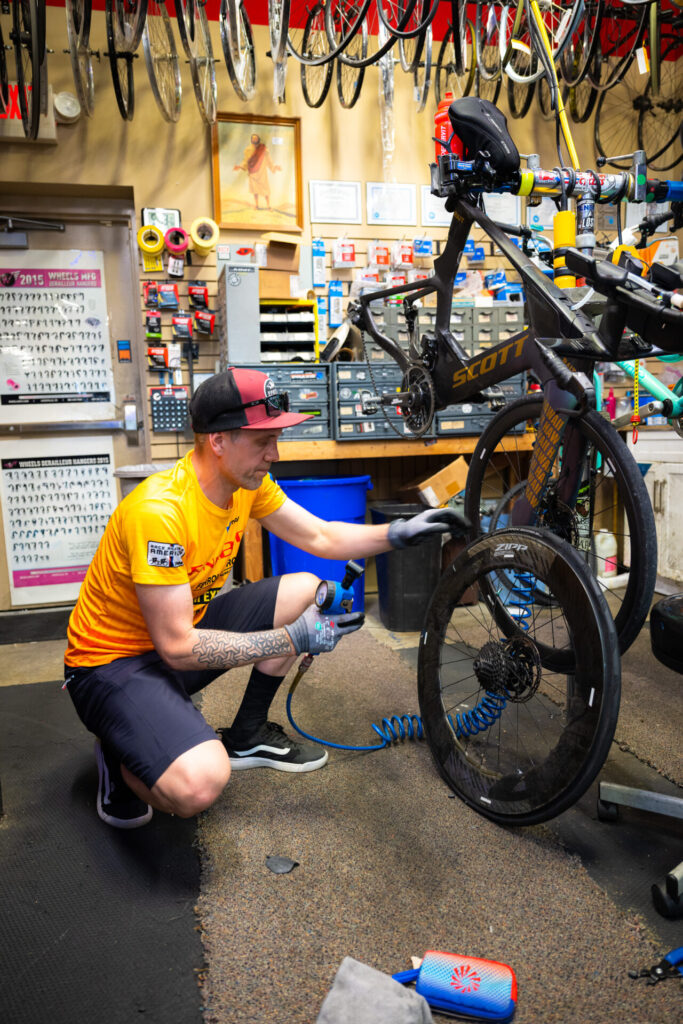
Out of 5000 km, I rode 98% on the triathlon bike. Next time at RAAM, I probably wouldn’t even take a road bike – I’d go with two time trial bikes. I had thought that some climbs and descents would be easier and safer on a road bike, but in reality the wide U.S. roads and long, sweeping descents allowed me to ride comfortably on the TT bike. Even the steepest climbs I managed to endure on it.
Hydration system and bottle placement
Although the integrated hydration tank in the triathlon frame is convenient, I used it only for storing plain water to rinse my mouth after every food or drink intake. This was necessary to protect my teeth from the acid attack caused by the constant intake of food and sugary drinks.
I stored energy drinks in bottles mounted behind the saddle. However, this was not the most convenient solution. Ideally, bottles should be placed so that they can be reached comfortably without leaving the TT position.
Flashing light makes drivers notice you
A front light was mandatory at RAAM 24/7, and in my experience it added a lot to safety. I consider it especially important to use it in flashing mode during the daytime, as this makes cyclists much more visible to drivers.
Since this year I have used the Garmin Varia UT800 front light on all outdoor training rides. Compared to riding without a light, the difference is clear – there are far fewer dangerous situations. Previously it often happened that an oncoming driver would start overtaking another car and end up in my lane exactly as I was approaching. Such maneuvers are usually not intentional – it’s simply that without a light, cyclists often go unnoticed.
The Garmin front light battery lasts up to 24 hours in flashing mode, which means there’s no need to worry about charging during daytime riding. At night, however, it’s different – at full power the charging time is longer than the burn time. For a full night of racing you need at least three lights.
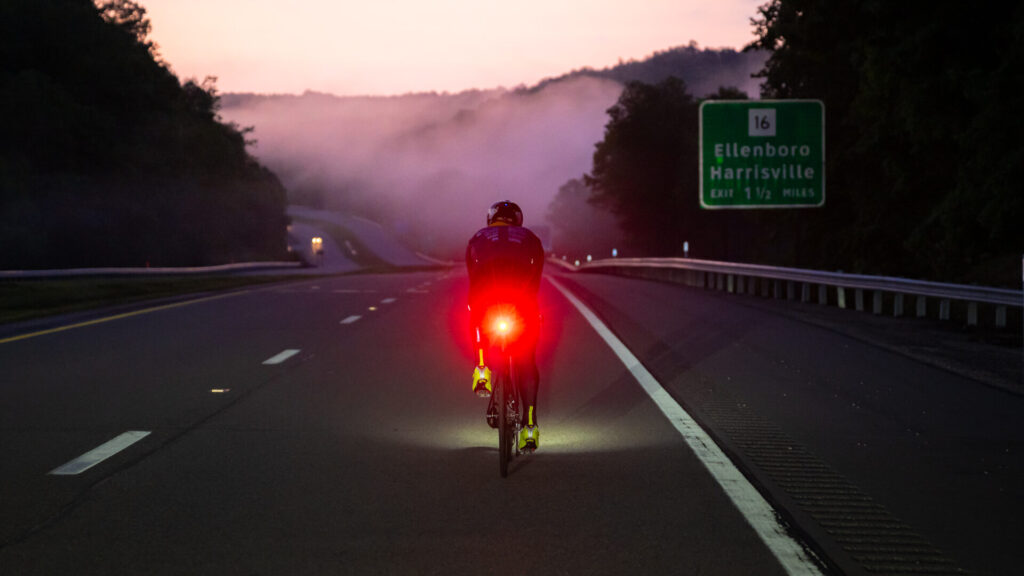
At RAAM I had only one Garmin lights, so I had to rely on an old backup for night riding. Unfortunately its batteries had already aged and, although this didn’t show up in my pre-race testing in Estonia, it became clear during the race. This caused some extra hassle with frequent battery swaps, but thanks to a spare batteries I managed to get through the dark hours successfully.
Garmin radar – my favorite device
The Garmin radar with tail light has become one of my most valued pieces of equipment. It alerts me to approaching cars from behind and allows me to ride more confidently in the middle of the road when traffic is lighter. On certain sections of the RAAM route I simply couldn’t imagine riding without it.
A good example is Highway 72, where I had to ride 90 km. The shoulder was practically non-existent, the road surface was often poor, and there was heavy truck traffic at high speeds. Thanks to the radar I could ride further from the edge when the road was clear, and move over only when the device warned me of approaching vehicles. Next time I’ll plan to cover this section before 7 a.m. – before truck traffic gets too intense. This time I hit it right at 7, just as the follow car had to leave me alone.
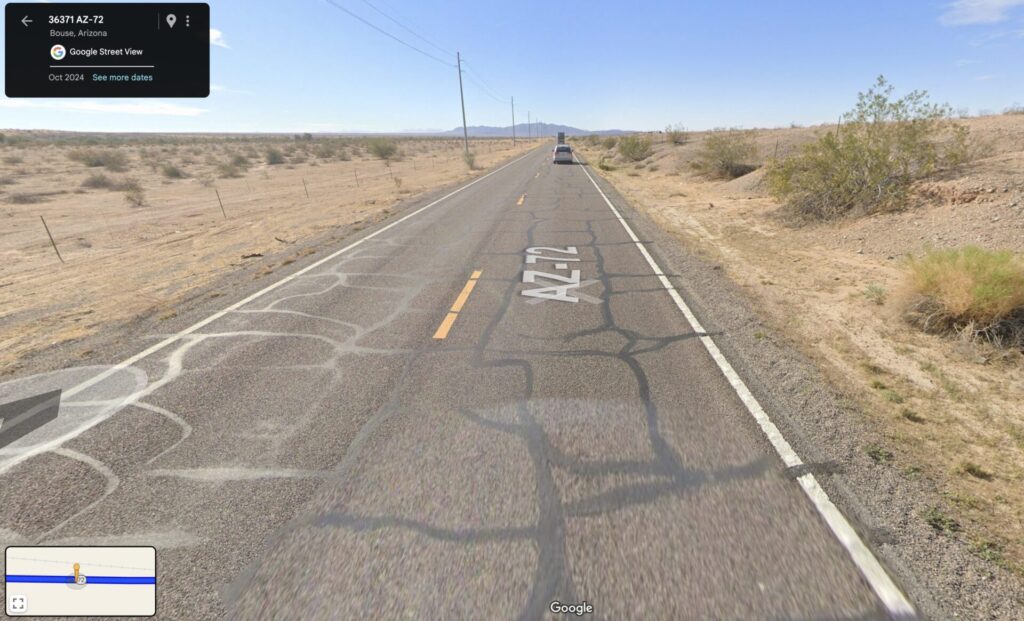
Bike computer keeps you on track and shows the way in the dark
I had two bike computers with me: a Garmin Edge 1030 and 1050. The organizers provided the route as GPS files for the most commonly used devices. I kept the route map visible on one of the data fields to avoid going off course – something that can easily happen under fatigue and sleep deprivation.
The map also played a key role in safety. For example, when descending steep mountain roads at night, it allowed me to see in advance whether the next curve was gentle or sharp. This helped me adjust my speed and brake in time.
Another feature my bike computer offers, and one that I personally value highly from a mental perspective, is the ability to display the profile of the upcoming climb on the screen. This means I can see in advance how long and steep the climb will be, how much is left, and exactly where I am on it. This is a huge help for me, because the uncertainty on a long and tough climb can be mentally exhausting – it feels like I’ve been pedaling forever with no end in sight. But when the climb is laid out in front of me like a map and I can watch my progress step by step, tackling the ascent becomes mentally much more manageable. Of course, this is very individual – for someone else it might even have the opposite effect.
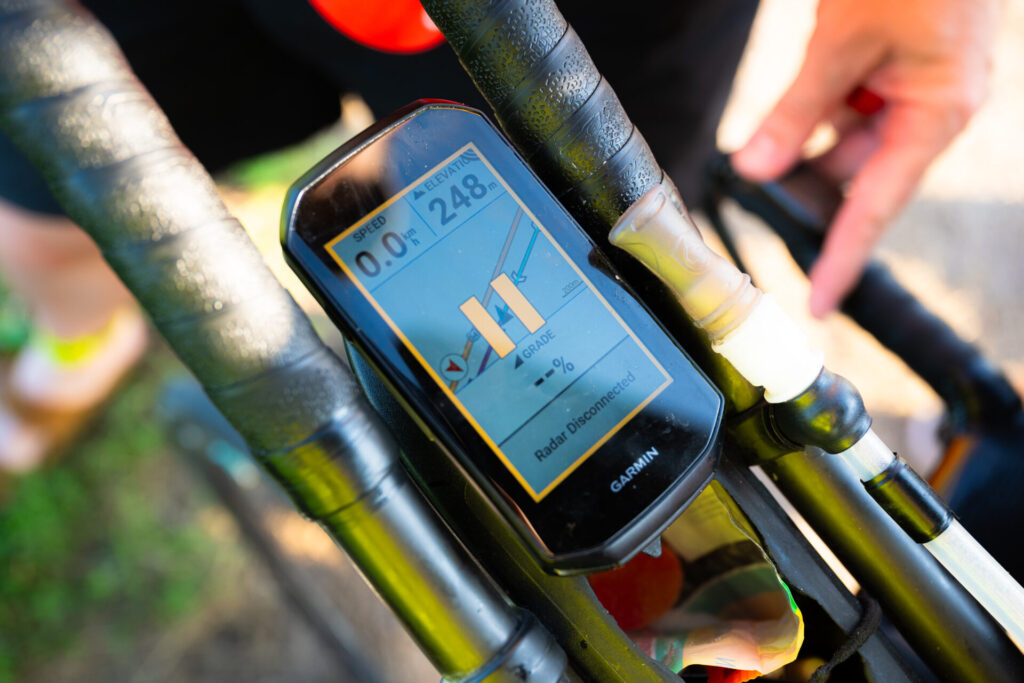
In everyday training in Estonia it doesn’t really matter which unit I use, but during RAAM I quickly preferred the Edge 1050. Already from the first night I noticed that its screen colors and contrast made the display much clearer and easier to follow. What might seem like nice-to-have upgrades can in extreme conditions become absolutely essential.
Communication with the team
In the evenings and at night, while riding my bike, I used the Terrano communication system to stay in contact with the follow car behind me, kindly provided by my good friend Xandi from Austria, who had also taken part in RAAM before. This proved indispensable, as RAAM routes go through many areas with no cell service. You simply can’t rely only on internet or mobile coverage.
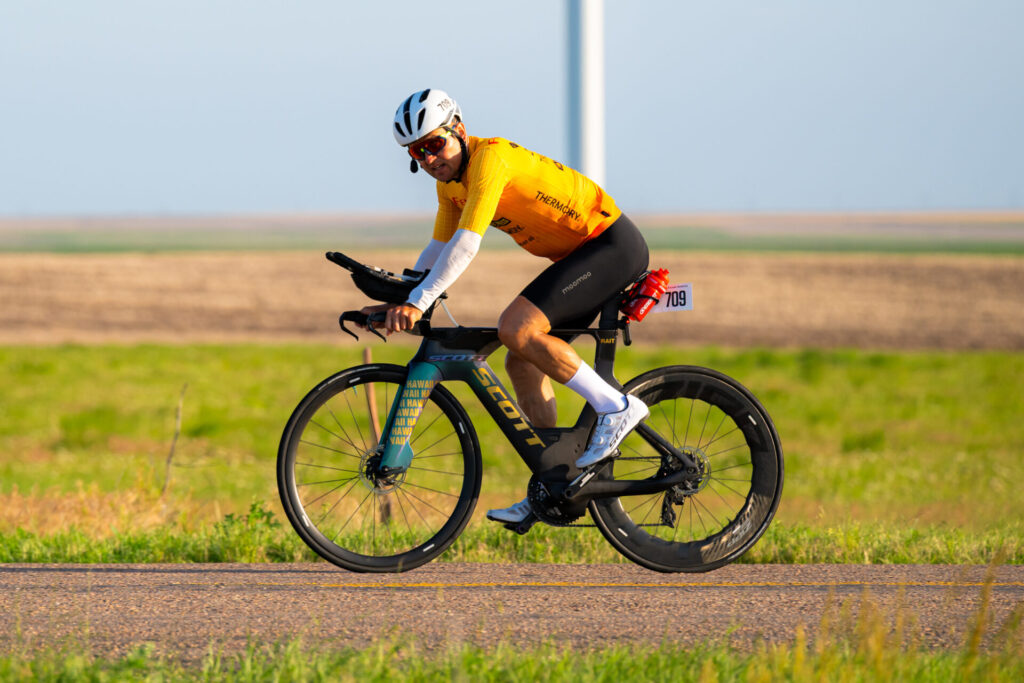
During the day, when the follow car wasn’t allowed directly behind me, we didn’t have a perfect solution. We tried using AirPods in one ear so that when the team called my phone via WhatsApp, I could answer through my Garmin watch. The big downside was that I couldn’t initiate calls myself.
I later learned that new devices like the Garmin Fenix 8 and Forerunner 970 already allow you to make calls and send voice messages directly from the watch – which could be a very useful solution in the future. If anyone has tried these features during training or racing, I’d love to hear your experiences. 🙂
Fun facts from RAAM
Finally, a couple of numbers to illustrate what a massive undertaking RAAM really is. Over 5000 km I changed gears 25,456 times and made a total of 766,976 pedal strokes.